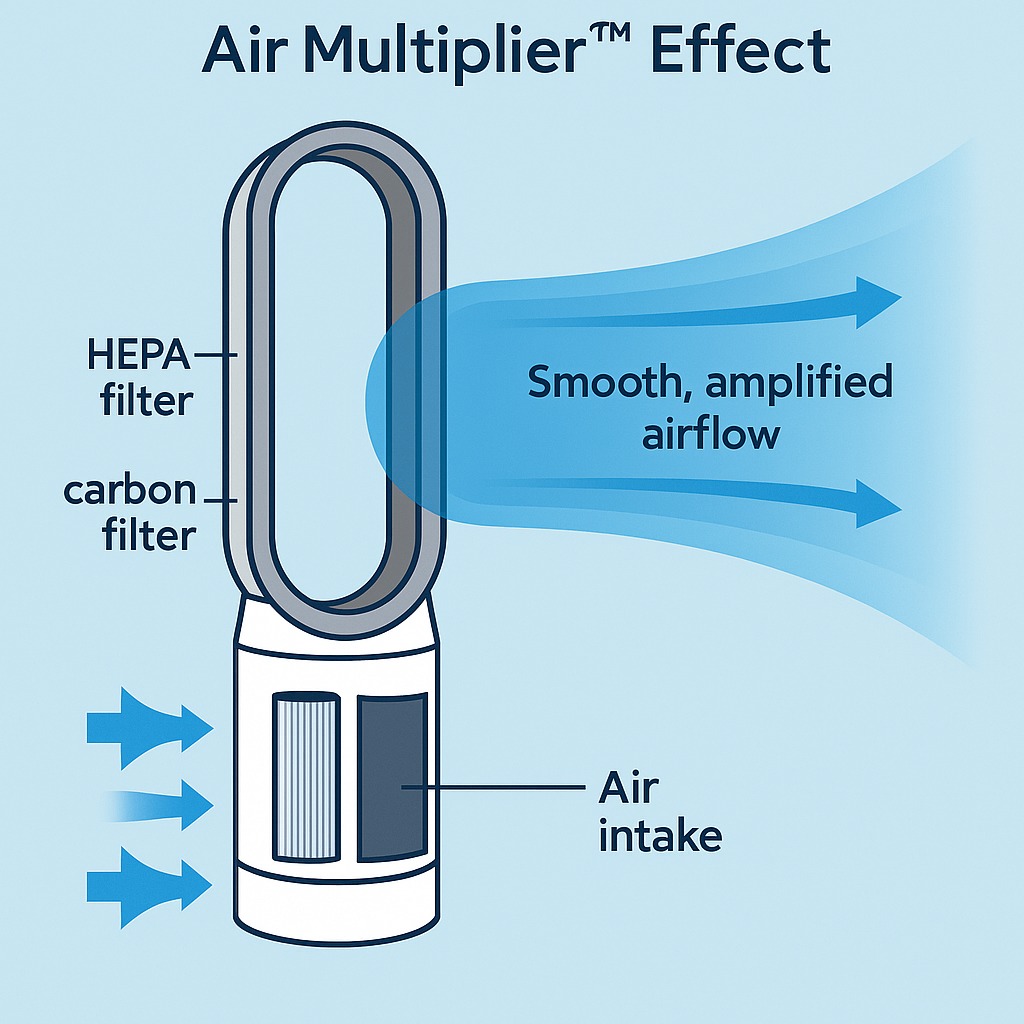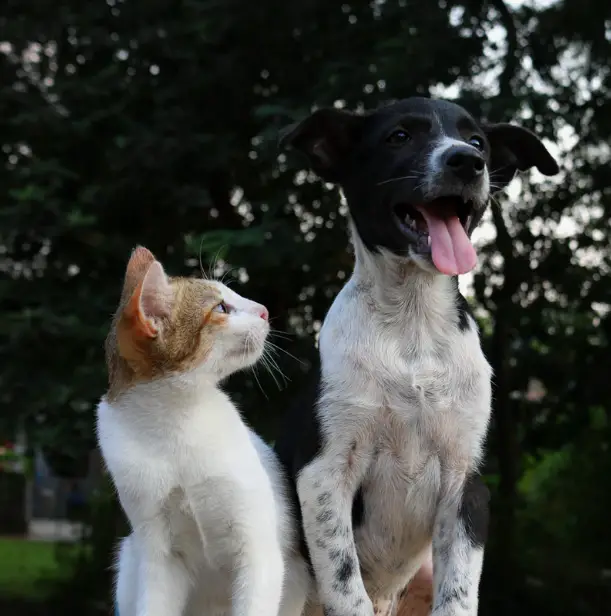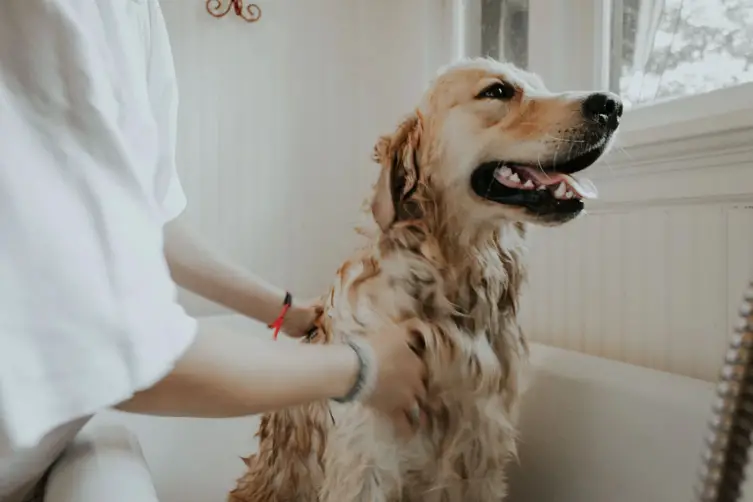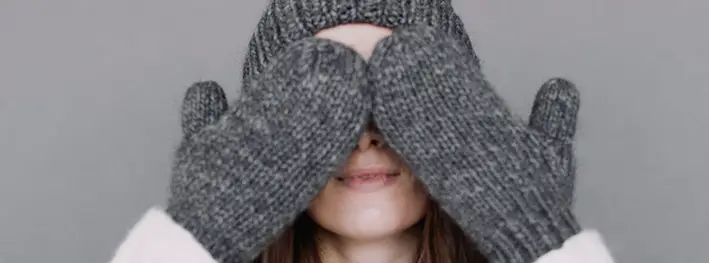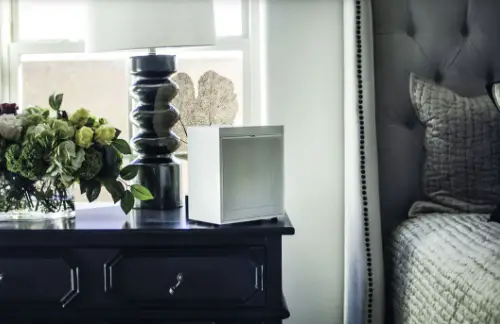Lasko 2505 Portable Electric 36”Oscillating Tower Fan with Fresh Air Ionizer- Click Here For Price
What Does the Ion Button on a Fan Do?
Ever noticed a mysterious “ION” button on your fan? It’s not a gimmick — it’s a negative ion generator (ionizer) built into the fan. When switched on, it releases negatively charged ions into the air while the fan blows to cool you.
Ionizers are designed to help clean the air by targeting contaminants like pollen, pet dander, dust mites, and mold spores. The idea is that as the fan circulates air, the ionizer adds a layer of purification.
How Ionizers Work
The science comes down to polarity. Negative ions emitted into the air attract positive ions, and when they snap together, they trap airborne pollutants in the process.
- The combined particle becomes too heavy to stay airborne.
- It falls to the floor or onto a nearby surface, removing it from your breathing zone.
Many people describe the air from an ionizer as “fresh” or similar to the calm, clean smell after a thunderstorm. That’s because thunderstorms produce natural negative ions.
About Ozone
Ionizers can produce ozone as a byproduct, which in large amounts is unsafe to breathe. However, ionizing fans produce very little ozone, and what they do produce dissipates quickly thanks to the fan’s airflow. They are not considered ozone generators and are safe for normal household use.
 What is Grey Wall Syndrome?
What is Grey Wall Syndrome?
Grey Wall Syndrome (also spelled “Gray Wall Syndrome”) is a side effect some people notice when using ionizers, including fan ionizers.
- Negative ions attach to particles like dust, dander, smoke residue, and mold spores.
- These charged particles are drawn to grounded or statically charged surfaces, such as painted walls, ceilings, or electronics.
- Over time, you may see a grayish halo, patch, or ring where the ionizer’s airflow is concentrated.
Electronics like TV screens and computer monitors are especially prone because their static charge attracts these particles even more. On a black or glossy screen, the dust can be visible in just a few days, forming speckled patterns or a hazy film that’s harder to wipe clean.
How to minimize Grey Wall Syndrome:
- Dust and vacuum regularly in the ionizer’s airflow path.
- Reposition the fan so the ionizer isn’t aimed at one wall or object.
- Use the ionizer feature only when needed instead of running it 24/7.
- Pair the fan with a HEPA filter air purifier to capture more particles before they settle.
The Problem with Fan Ionizers
As Ionizers
Ions have a very short life span. When you blow them across the room with a large fan, most dissipate quickly and never have the chance to bond with airborne pollutants. Ionizers work best close to where the ions are released — usually within 100–150 square feet in ideal conditions.
As Fans
To try to give ions a better chance, fan ionizers often run slower on lower speeds. This preserves ions but makes the fan less effective at cooling. Even at low speeds, ions dissipate quickly, so you end up with a device that’s not performing well in either role.
My Verdict
Some technologies just don’t pair well together, and I believe ionizers and standing fans are one of those mismatches. You’re better off choosing a machine based on its strength:
- Want cleaner air? Get a dedicated air purifier with proven filtration (HEPA, activated carbon, or a quality standalone ionizer).
- Want cooling? Get a well-designed fan that moves air efficiently and quietly.
If the ionizer is strong on its own and you don’t care about using the fan part — fine. But if you’re expecting both excellent air cleaning and cooling from the same unit, you’ll likely be disappointed.
The Exception — Bladeless Fan Purifiers
While most fan + purifier combos fall short, there is one style of fan that actually delivers on the promise of cooling and cleaning the air at the same time: the bladeless fan. Popularized by Dyson, these fans use a completely different design than traditional bladed fans, and it’s this difference that makes them far more effective as a combo device.
Here’s how they work: Air is drawn into the base of the unit through an intake. Inside, it passes through a HEPA filter to trap fine particles like dust, pollen, and pet dander, and often through an activated carbon filter to reduce odors and VOCs. Once filtered, the air is pushed upward and expelled through a narrow slit in the fan’s hollow ring. This creates a smooth, continuous stream of air that also pulls surrounding room air along with it — a process called the Air Multiplier™ effect.
Because the air is pulled in and filtered first, then pushed out for cooling, bladeless fans avoid the problem that plagues ionizer fans and other combos. Instead of working against themselves, the airflow path and purification system are aligned to do both jobs well.
Benefits of Bladeless Fans
- True air purification — Removes airborne dust, allergens, and even some odors before sending air back into the room.
- Safe for kids and pets — No exposed blades to touch or catch fingers and paws.
- Even, smooth airflow — No buffeting effect like traditional fans with spinning blades.
- Year-round use — Some models also function as heaters in the winter.
If you really want a fan that doubles as an air purifier, a bladeless model is the best option. The Dyson Pure Cool is the flagship choice, offering HEPA + carbon filtration, oscillation, and app controls. For those on a tighter budget, the Lasko 2505 Ionizer Fan is a more affordable tower fan with some air-cleaning ability, though it uses ionization rather than true filtration.
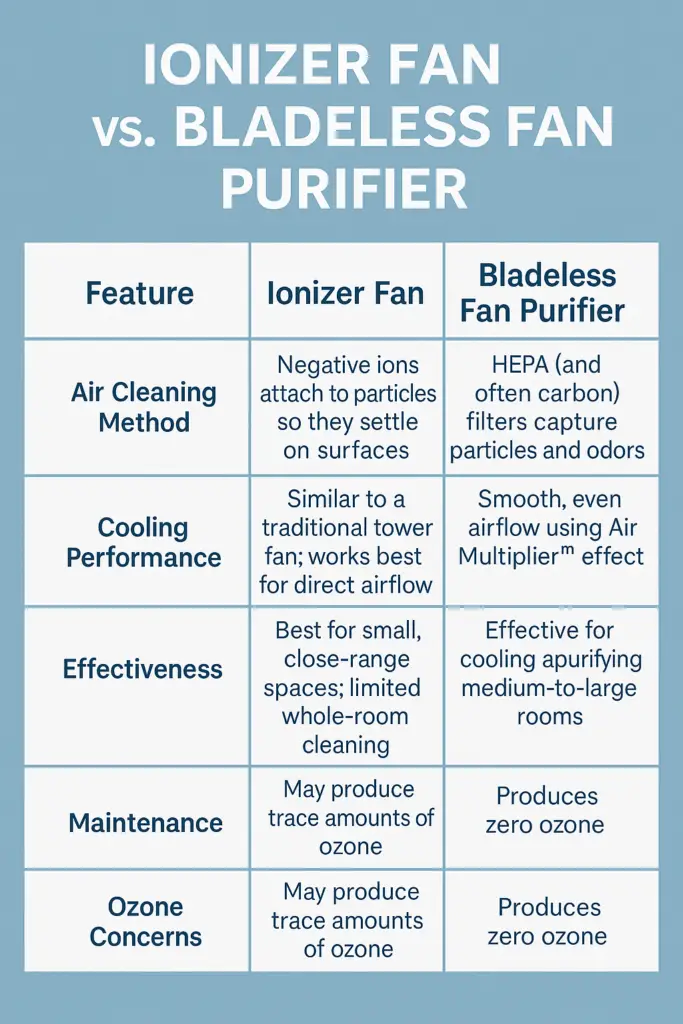
Ionizer Fan vs. Bladeless Fan Purifier
| Feature | Ionizer Fan | Bladeless Fan Purifier |
|---|---|---|
| Air Cleaning Method | Negative ions attach to particles so they settle on surfaces | HEPA (and often carbon) filters capture particles and odors |
| Cooling Performance | Similar to a traditional tower fan; works best for direct airflow | Smooth, even airflow using Air Multiplier™ effect |
| Effectiveness | Best for small, close-range spaces; limited whole-room cleaning | Effective for cooling and purifying medium-to-large rooms |
| Maintenance | No filter changes, but needs regular dusting (Grey Wall Syndrome possible) | Requires periodic filter replacements; minimal dust on walls |
| Price Range | Typically $60–$120 | Typically $300–$600+ |
| Example | Lasko 2505 Ionizer Fan | Dyson Pure Cool |
Wearable Ionizers: Clean Air On the Go
If you like the idea of breathing cleaner air but don’t want to rely on a full-sized ionizer fan, a wearable ionizer might be the perfect solution. These portable devices hang around your neck or clip to your clothing and create a personal bubble of cleaner air wherever you go.
How they work: Wearable ionizers use a miniature negative ion generator to emit a constant stream of ions directly into the air around your face. This short-range approach is where ionization works best — the ions attach to airborne particles almost immediately, causing them to drop away before you inhale them.
Benefits of Wearable Ionizers
- Personal protection — Cleans the air right in your breathing zone.
- Portable and lightweight — Many weigh less than 2 ounces and can be worn all day.
- No filters to replace — Just recharge and go.
- Quiet operation — No fans, no moving parts, just silent ion generation.
Wearable ionizers can be especially useful for people with seasonal allergies, those traveling through crowded public spaces, or anyone sensitive to dust, dander, or pollution. While they’re not a replacement for a full-room air purifier, they’re one of the few ways to bring air purification with you anywhere.

Top Pick: The AirTamer A310 is a leading wearable ionizer with a sleek design, long battery life, and strong customer reviews. It’s a simple, effective way to enjoy the benefits of ionization wherever you are.
FAQ
Do ionizer fans really purify the air?
Only to a limited degree. Ionizer fans release negative ions that attach to airborne particles, making them too heavy to stay in the air. However, the fan’s airflow often blows these ions away before they can bond effectively, and the particles simply settle on nearby surfaces instead of being removed from the room.
Do ionizer fans create ozone?
Most modern ionizer fans produce little to no ozone — well below the levels considered harmful by the EPA. Any small amount generated is quickly dispersed by the fan’s airflow. Still, ionizers are not recommended for people with ozone sensitivities.
What is Grey Wall Syndrome?
Grey Wall Syndrome is dust buildup on walls or nearby surfaces caused by ionizers. Negatively charged particles are drawn to grounded or statically charged surfaces, leaving a grayish halo over time. This effect is even more noticeable on electronics like TV screens and computer monitors.
Are bladeless fans better than ionizer fans?
Yes — bladeless fans with HEPA filtration actually draw air through a filter before blowing it back into the room, allowing them to cool and purify simultaneously. Ionizer fans, on the other hand, often compromise both functions.
Do bladeless fans remove odors?
Many bladeless fan purifiers include an activated carbon filter in addition to the HEPA filter. Carbon filters can absorb odors, smoke, and some volatile organic compounds (VOCs), though their effectiveness depends on filter size and airflow speed.
Are bladeless fans safe?
Yes. Bladeless fans have no exposed spinning blades, making them safe for children and pets. The air is moved by an enclosed impeller in the base, which is inaccessible during operation.
Are bladeless fans worth the price?
If you want a fan that truly cleans the air while cooling, a bladeless fan with HEPA and carbon filtration is one of the few options that works well. While they cost more than traditional fans, they combine two devices in one without sacrificing performance.

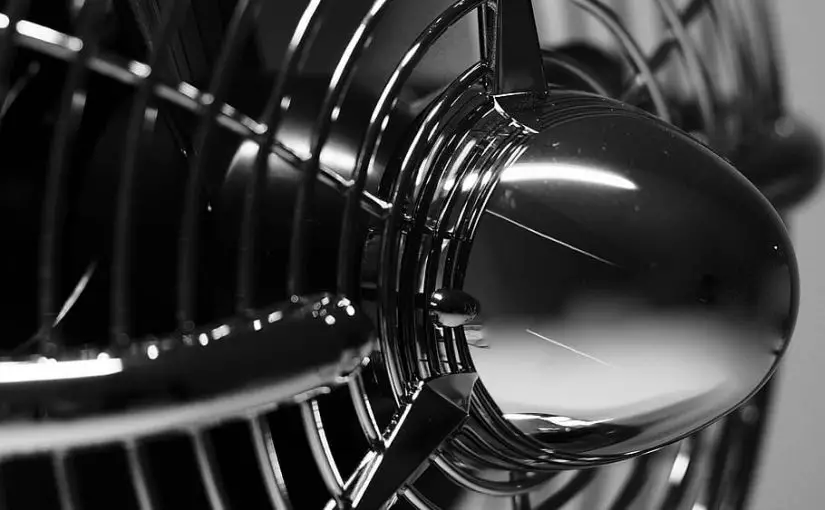
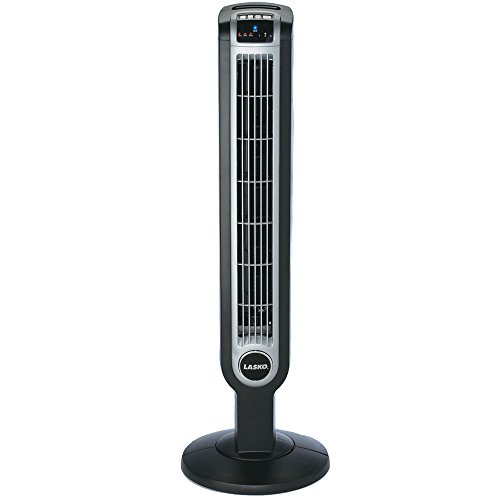
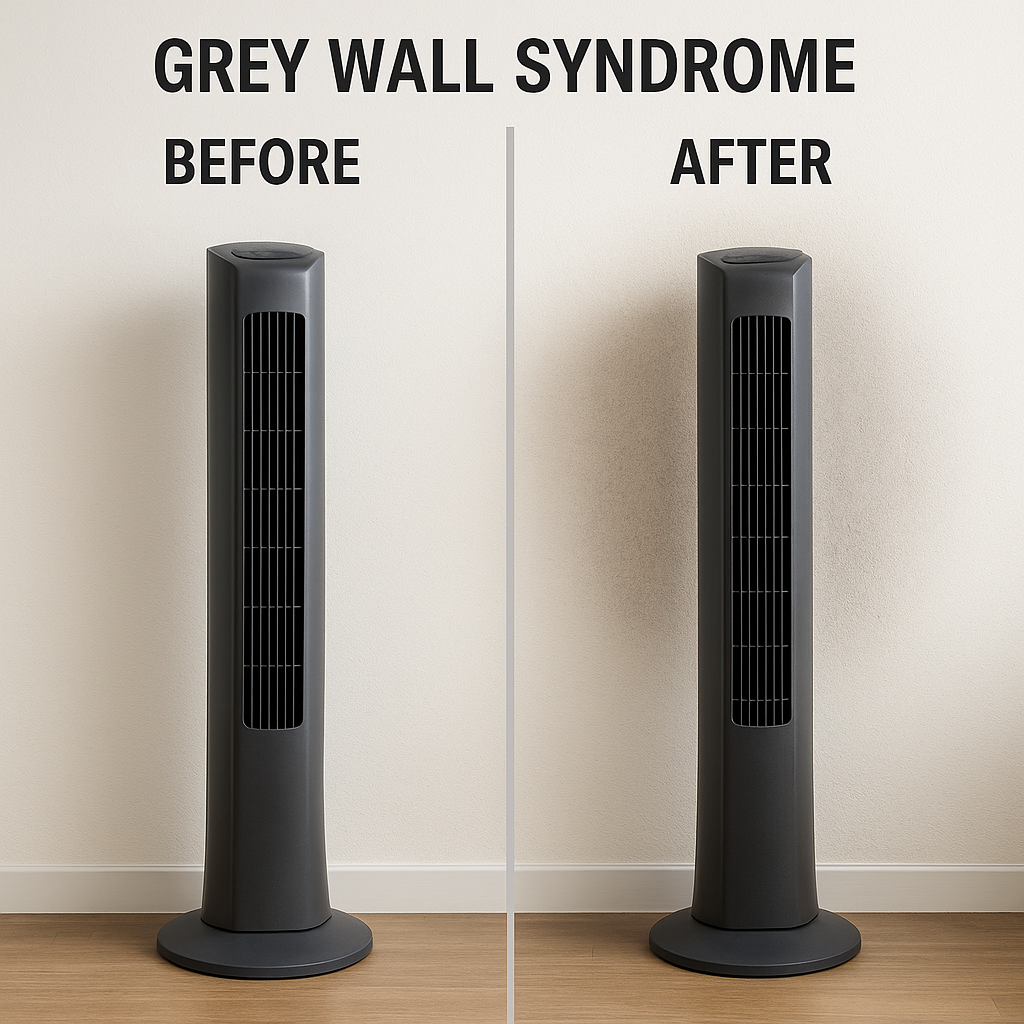 What is Grey Wall Syndrome?
What is Grey Wall Syndrome?